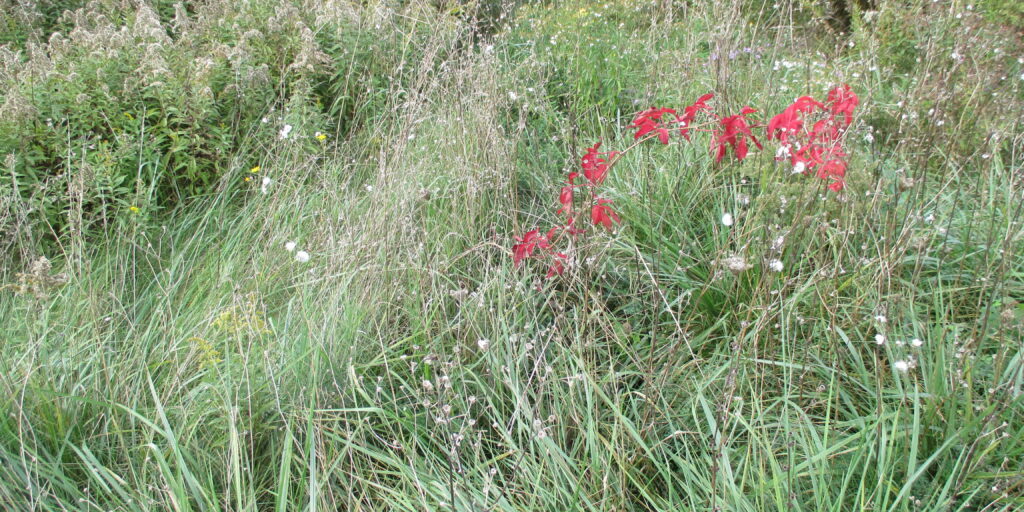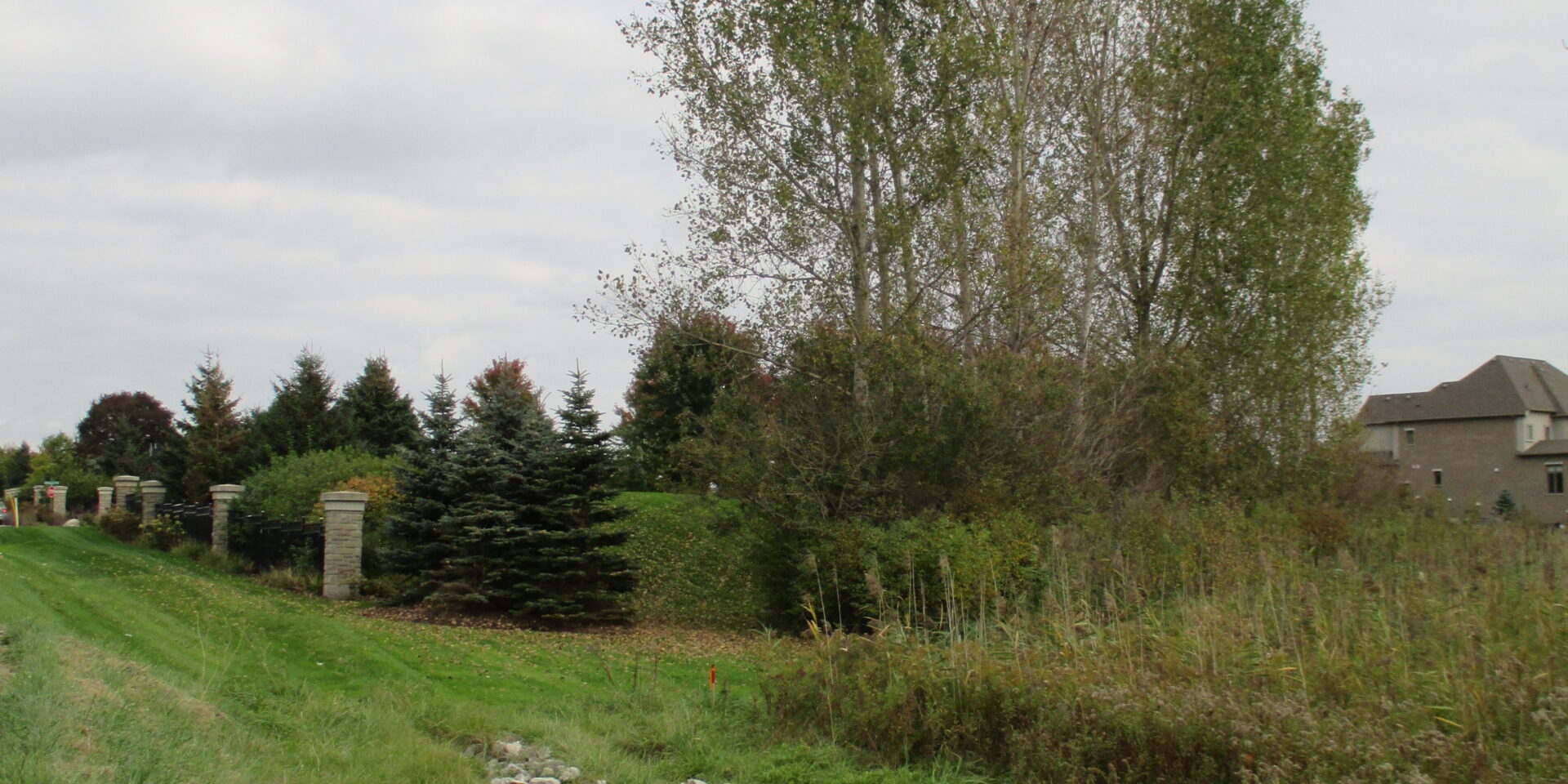Key Findings
- A field investigation was undertaken to confirm existing natural features and significant landscape elements within the Study Area.
- A tree inventory was completed to identify the species present, and the abundance of each species present within the Study Area.
- Most common tree species found were eastern white cedar, scots pine, and white ash.
- No SAR trees were encountered within the Study Area.
Potential Impacts
- Displacement of existing visual screening.
- Loss of wildlife habitat.
- Exposure of vegetation to wind and salt spray causing damage and loss of vegetation and habitat.
- Potential for erosion and sedimentation.
Mitigation Measures
- Protective fencing and erosion and sediment control measures will be installed to avoid impacts to trees outside of the Study Area.
- A landscape plan will be prepared by a Landscape Architect during the next phase of the Project to meet the environmental commitments to replace vegetation and create edge plantings where possible. These plantings will be made of native species that will:
- Act as vegetative barriers, protecting exposed edges of forests from impacts due to exposure to wind and salt spray;
- Provide wildlife habitat;
- Mitigate air quality impacts;
- Naturalize stormwater management facilities; and
- Increase soil stability.



